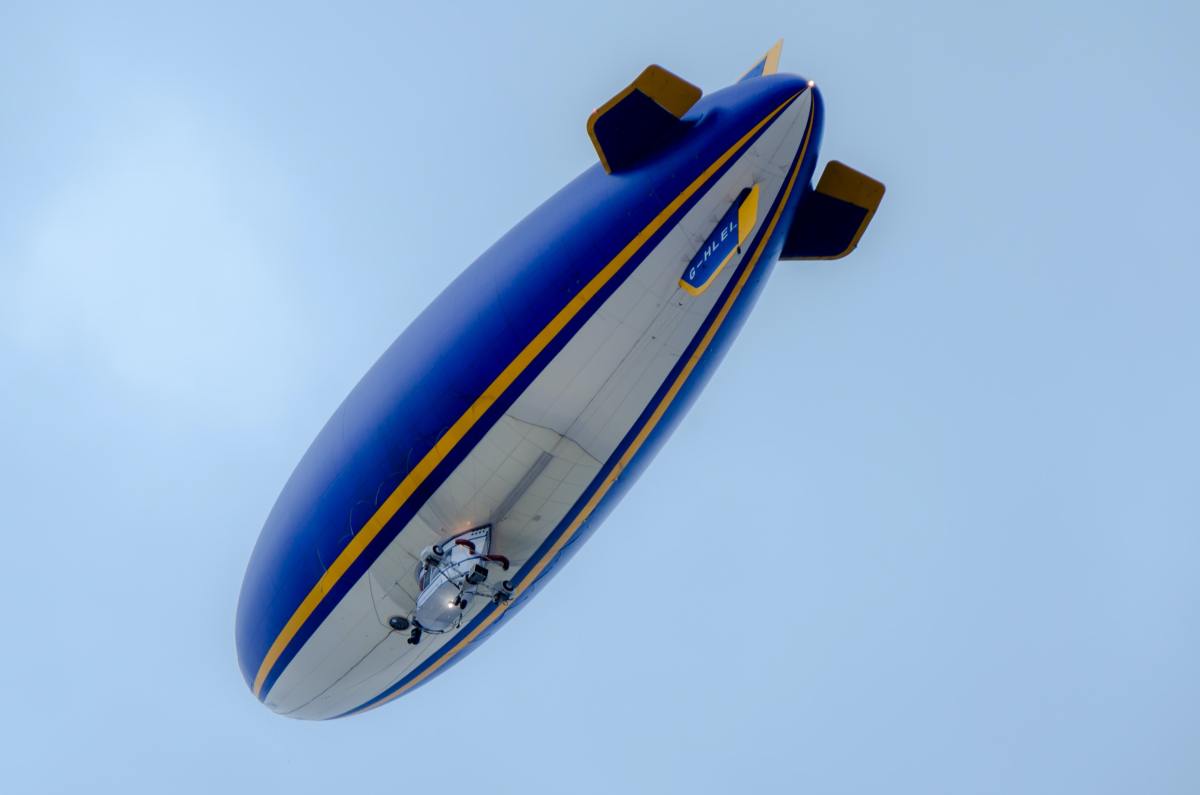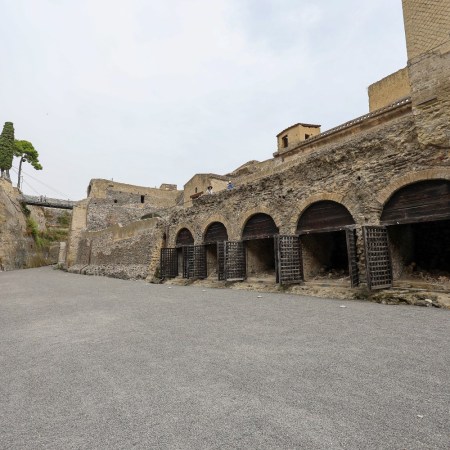Nineteen-thirty-seven was not a good year for the blimp-like zeppelin.
That’s because on May 6th of that year, the Hindenburg caught fire and crashed, killing 36 passengers. It’s been nearly 80 years since that disaster, and it finally appears the infamous aircraft is ready to make a full comeback — as Goodyear has now replaced its entire fleet of blimps with zeppelins.
That bit of news got us thinking: what exactly is the difference between a blimp and a zeppelin and, for that matter, an airship or dirigible? Here’s the straight dope on the matter.
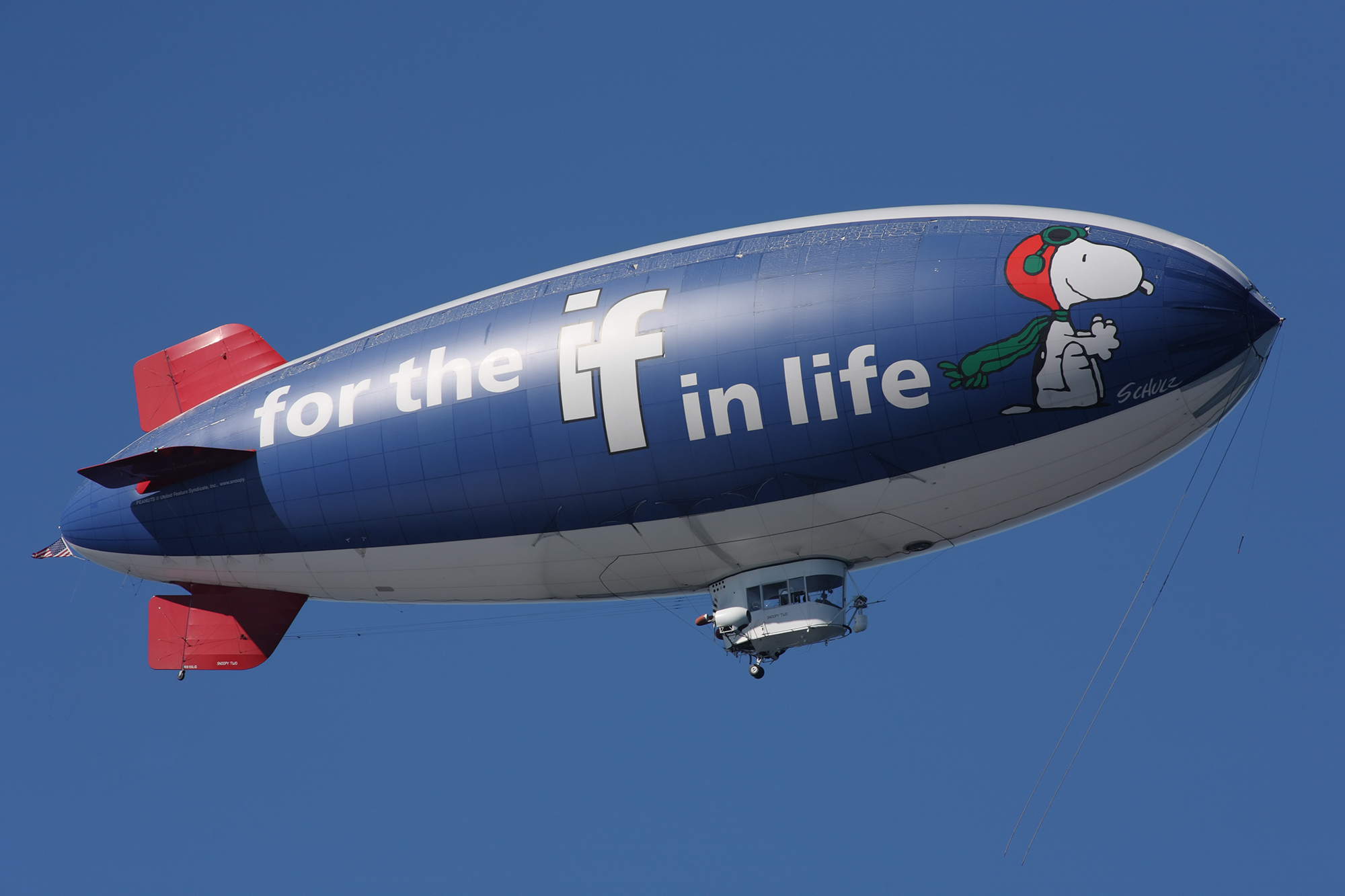
Blimps
A blimp is an inflatable vehicle that gets its shape from the pressurized gases that fill it. Without an internal rigid shape of its own, the lighter-than-air vehicle deflates when that gas isn’t present.
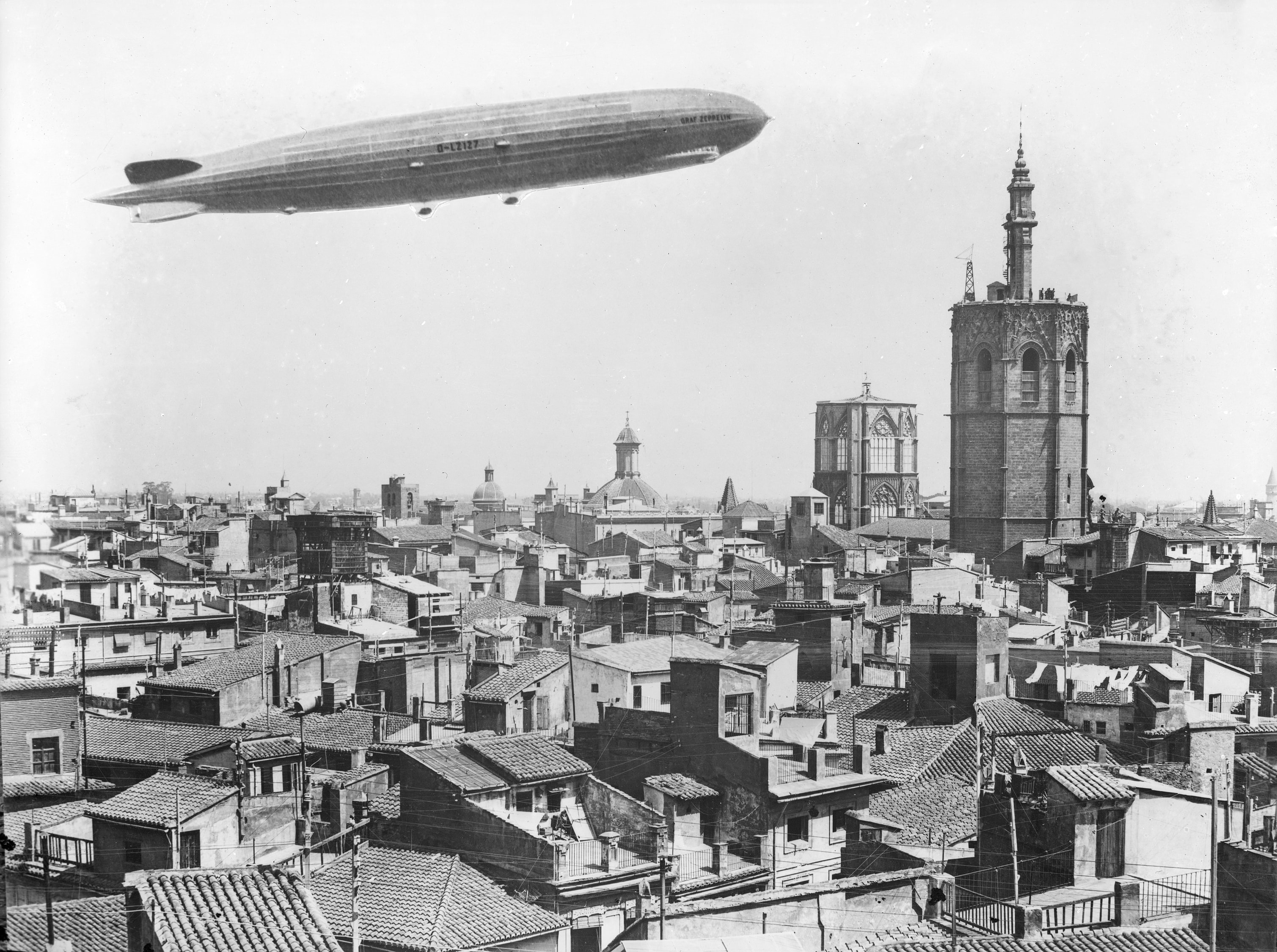
Zeppelins
Unlike blimps, zeppelins have rigid frames that retain their shape whether or not they are filled with gas. Classified as a rigid airship, a zeppelin technically has to be produced by Germany’s ZLT Zeppelin Luftschifftechnik in order to qualify as one.

Airships
An airship is a gas-filled aircraft that’s powered, steerable and lighter than air. Blimps and zeppelins are both airships, one semi-rigid, the other fully rigid.
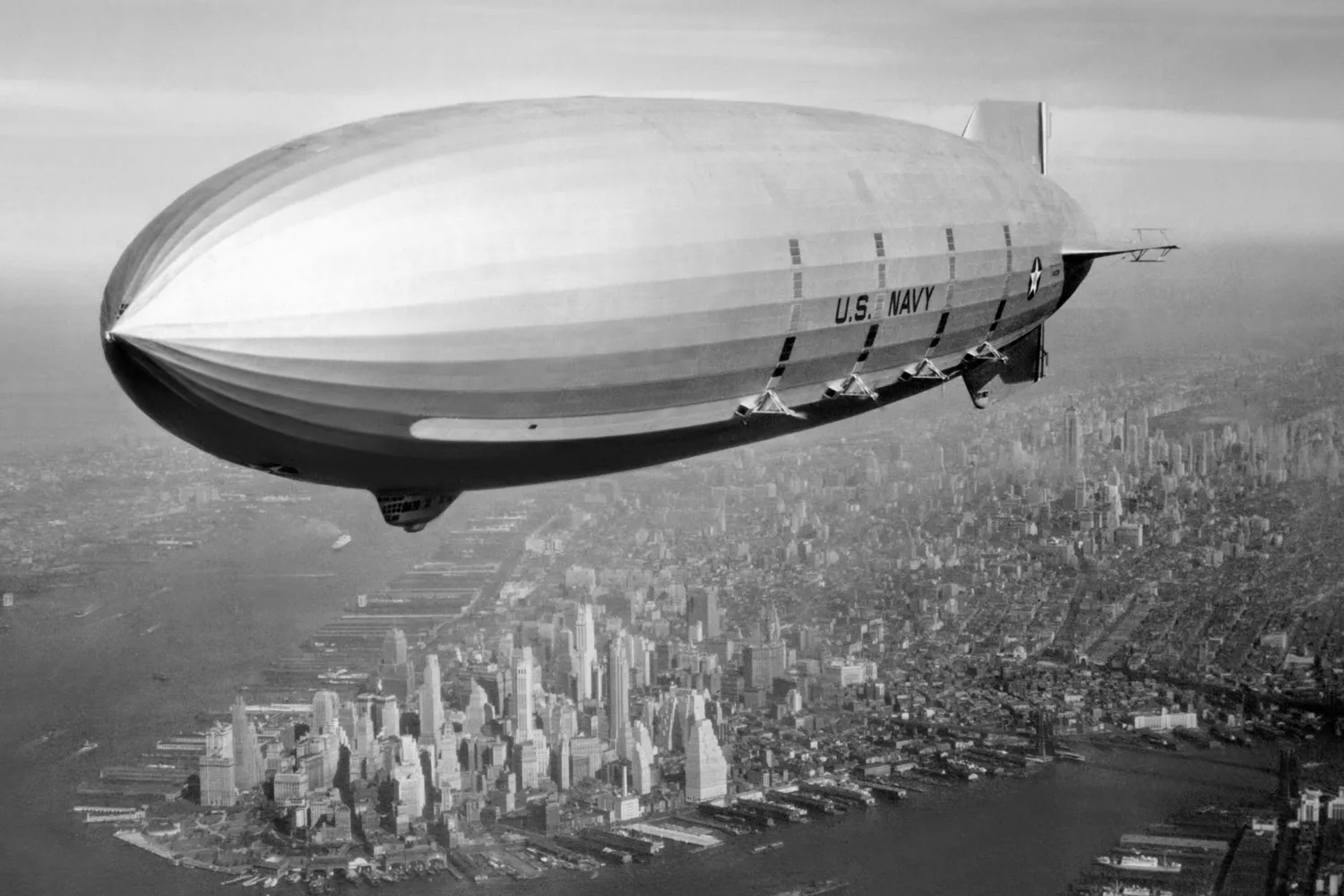
Dirigibles
A dirigible is not one of those large tubular wind instruments they play in Australia. It’s an airship. They’re synonyms. The name comes from Latin dirigere: “to direct.”

Hot Air Balloons
Although similar to all of the above, hot air balloons are not technically airships because of one fundamental difference: while airships are steered by their drivers, balloons rely on the wind to take them to their desired destination and change altitude levels to reach their preferred gusts.

The House from Up
It has a rigid structure but it isn’t exactly steerable, so we’re not exactly sure. Good flick, though.
This article was featured in the InsideHook newsletter. Sign up now.
